Skype: neodalle-travel
Tel: +86 135 7447 2266
E-mail: sales@visitaroundchina.com
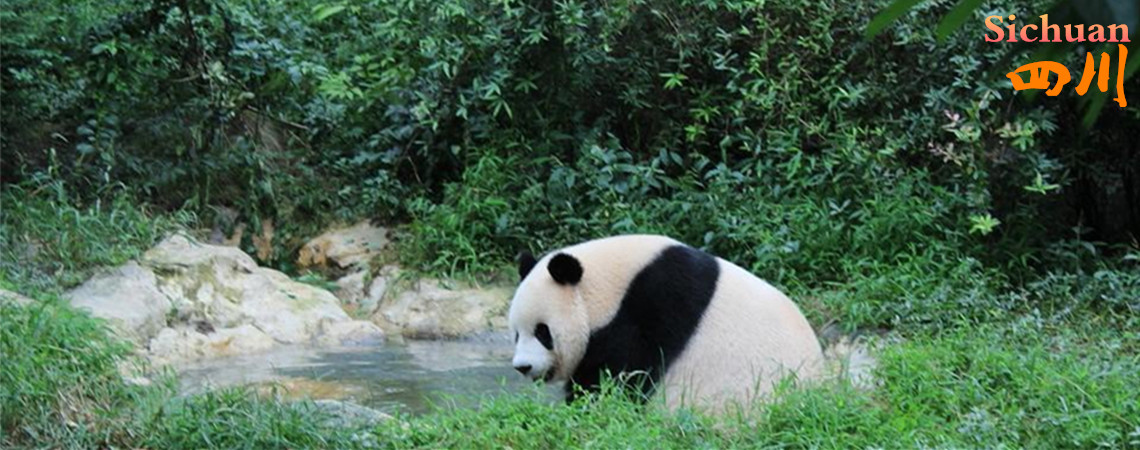
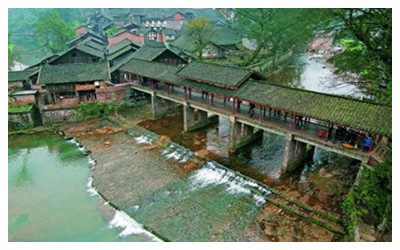 Longhua Ancient Town, located in Pingshan County of Yibin City, is named after the Longhua Temple. The temple was constructed in 936 (during the Five Dynasties and Ten Kingdoms periods), thanks to the thriving of the township. Hence, Longhua Ancient Town is also known as the “millennial ancient town.”
Longhua Ancient Town, located in Pingshan County of Yibin City, is named after the Longhua Temple. The temple was constructed in 936 (during the Five Dynasties and Ten Kingdoms periods), thanks to the thriving of the township. Hence, Longhua Ancient Town is also known as the “millennial ancient town.”
Representative ancient towns in Southern Sichuan include Longhua in Yibin City, and Fubao and Yaoba in Luzhou City. They are located at the intersection of three provinces — Sichuan, Guizhou and Hunan— and display the special traits of multi-ethnic border towns. Longhua Ancient Town is a lesser-known one, hidden deep in the mountains, that has preserved intact the town’s layout and scenes from daily life that hark back to olden times.
Longhua Ancient Town was the place of residence of the Shu, a branch of the ancient Qiang people. Later, it 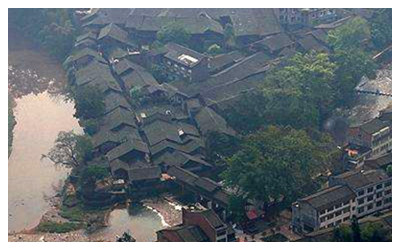 became the place of residence of the Yi ethnic people, and they and the Han contended for this territory. To stabilize the border regions, Tang Dynasty rulers implemented so-called “Jimi Rule (Befriend Policy)” in southwestern Sichuan that was populated mainly by non-Han: once a tribe had been militarily subdued, the local chief was granted authority to rule by the central government in return for his allegiance and tributes of goods, and his status was passed on to his heir. A Command Area was established in Luzhou, and a Chieftaincy in Yibin. By the time of the Song (960–1279), the importance of southern Sichuan — in military terms — was equal to Chengdu’s.
became the place of residence of the Yi ethnic people, and they and the Han contended for this territory. To stabilize the border regions, Tang Dynasty rulers implemented so-called “Jimi Rule (Befriend Policy)” in southwestern Sichuan that was populated mainly by non-Han: once a tribe had been militarily subdued, the local chief was granted authority to rule by the central government in return for his allegiance and tributes of goods, and his status was passed on to his heir. A Command Area was established in Luzhou, and a Chieftaincy in Yibin. By the time of the Song (960–1279), the importance of southern Sichuan — in military terms — was equal to Chengdu’s.
At the same time, the Song was a crucial period in the formation of Sichuan’s old towns. So-called “grass markets” gradually evolved in places where rural markets were held periodically, and they were forerunners 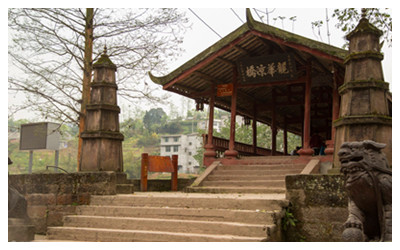 of small towns. Luzhou had some 67 grass markets, and their level of development was second only to Chengdu’s. Luzhou became a prosperous trading place on the borders of Sichuan, Guizhou and Yunnan, and it is then that Longhua Ancient Town took shape. Thanks to its development during the Ming and Qing dynasties, southern Sichuan evolved into a region comprising many large-scale market towns. Even earlier, beginning with the Song, many border troops were garrisoned there.
of small towns. Luzhou had some 67 grass markets, and their level of development was second only to Chengdu’s. Luzhou became a prosperous trading place on the borders of Sichuan, Guizhou and Yunnan, and it is then that Longhua Ancient Town took shape. Thanks to its development during the Ming and Qing dynasties, southern Sichuan evolved into a region comprising many large-scale market towns. Even earlier, beginning with the Song, many border troops were garrisoned there.
Longhua’s back faces Eight Immortals Mountain. On the mountain are the Cliff Grottos with carved standing Buddhas. If you ascend the mountain, you can get a bird’s eye view of Longhua Ancient Town. It features a “three-bridge, two-stream, one town” layout: surrounded by mountains, one large and one small dragon-shaped creek surround the town, the so-called 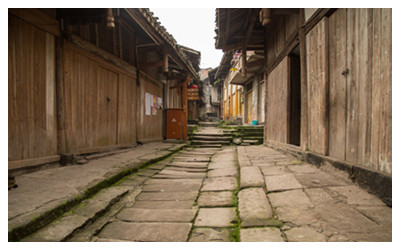 “Two Dragons Battle Over One Pearl.” Of the three bridges, none is lovelier than the covered structure, dubbed the Shaded Bridge by locals.
“Two Dragons Battle Over One Pearl.” Of the three bridges, none is lovelier than the covered structure, dubbed the Shaded Bridge by locals.
To handle the heavy traffic, the bridge had a wood-and-stone structure that was firm and durable, and a large body mass that could withstand summer flash floods. The bridge foundation was firm, and its tile-covered corridor made it appear chivalrous and steady, yet not without a certain delicacy. The eaves and pavilion are curved skyward, gifting it with a hint of movement.
Its former role as a strategic site and the route to wealth lost over time, Longhua has become a living fossil of architecture in southern Sichuan. As you lean against the balustrade, accompanied by the sound of the river lapping on the banks, the laugh of maidens washing clothes can still move your heart — like the covered bridge’s charm that is imbued with the romance of a border town lost to the world.
Travel Tips
Address: 37 km south of Pingshan Town, Pingshan County, Yibin City
Official website: http://www.yblhgz.com/
Opening hours: Open all day
Entrance Fee: CNY 0
 Ask Questions ?
Ask Questions ?